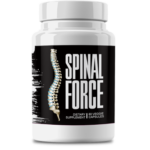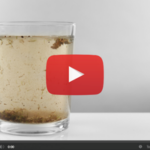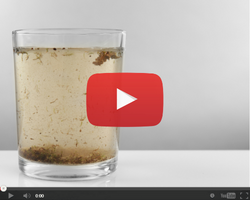This Village-Made Chinese Pain Reliever Eliminates Back And Joint Pain!
The Connection Between Knee Pain on Inside of Knee and Arthritis

Introduction to Knee Pain on Inside of Knee
Knee pain on the inside of the knee is a common complaint that can disrupt daily life and limit mobility. Understanding the root cause of this discomfort is essential for effective treatment. One of the most significant contributors to this type of knee pain is arthritis, a condition that affects millions of people worldwide. Recognizing the connection between knee pain on the inside of the knee and arthritis can help in managing the symptoms and improving the quality of life. In this blog post, we will explore the anatomy of the knee, common causes of medial knee pain, and how arthritis plays a pivotal role.
Anatomy of the Knee
The knee joint is a complex structure that includes bones, cartilage, ligaments, and tendons. The primary components are the femur (thigh bone), tibia (shin bone), and patella (kneecap). The inside part of the knee is known as the medial knee, which includes the medial collateral ligament (MCL) and the medial meniscus. These structures work together to provide stability and smooth movement. Any damage or inflammation in this area can lead to knee pain on the inside of the knee. Understanding the anatomy helps in pinpointing the exact cause of the discomfort.
Common Causes of Knee Pain on Inside of Knee
Various factors can contribute to knee pain on the inside of the knee. Arthritis is one of the leading causes, particularly osteoarthritis and rheumatoid arthritis. Ligament injuries, such as a sprain or tear in the MCL, can also result in medial knee pain. Meniscus tears, often caused by sudden twists or overuse, are another common culprit. Bursitis, the inflammation of the small fluid-filled sacs that cushion the knee joint, can also cause pain on the inside of the knee. Identifying the exact cause is crucial for effective treatment and management.
Understanding Arthritis and Its Types
Arthritis is a broad term encompassing various conditions that cause inflammation and pain in the joints. Osteoarthritis, the most common form, results from the wear and tear of cartilage over time. Rheumatoid arthritis is an autoimmune disorder where the body’s immune system attacks the joint lining. Other forms of arthritis, such as gout or psoriatic arthritis, can also affect the knee. Each type of arthritis has unique characteristics and requires different treatment approaches. Understanding the specific type of arthritis affecting the knee is vital for managing symptoms and slowing disease progression.
Symptoms and Diagnosis of Arthritis-Related Knee Pain
Common symptoms of arthritis-related knee pain include stiffness, swelling, and a decrease in range of motion. Patients may also experience a grinding sensation or hear clicking noises when moving the knee. Diagnostic tests such as X-rays, MRI scans, and blood tests can help in confirming the presence of arthritis. Early detection is critical for managing the condition effectively and preventing further joint damage. Consulting a healthcare professional at the first signs of knee pain on the inside of the knee can lead to a more favorable outcome.
Treatment Options for Knee Pain on Inside of Knee Due to Arthritis
Several treatment options are available for managing knee pain on the inside of the knee due to arthritis. Non-surgical treatments include medications, physical therapy, and corticosteroid injections. These methods aim to reduce inflammation and improve joint function. In severe cases, surgical treatments such as arthroscopy or knee replacement may be necessary. Lifestyle changes, such as maintaining a healthy weight and engaging in low-impact exercises, can also play a significant role in managing arthritis-related knee pain. A comprehensive treatment plan tailored to the individual’s needs can provide significant relief.
Preventive Measures
Preventive measures can help reduce the risk of developing knee pain on the inside of the knee. Regular exercises and physical therapy can strengthen the muscles around the knee, providing better support and reducing strain. Dietary considerations, such as consuming anti-inflammatory foods and maintaining a healthy weight, can also contribute to joint health. Regular check-ups with a healthcare provider can help in early detection and management of any underlying issues. Adopting these preventive measures can enhance overall knee health and reduce the likelihood of developing arthritis-related knee pain.
When to Seek Medical Advice
It is essential to seek medical advice if knee pain on the inside of the knee persists or worsens over time. Signs that require immediate attention include severe pain, inability to bear weight on the affected leg, and visible deformity of the knee. Long-term management strategies, such as regular monitoring and adherence to treatment plans, can help in managing arthritis-related knee pain. Support and resources, including patient education and support groups, can provide valuable assistance. Early intervention and ongoing management are key to improving outcomes and maintaining a good quality of life.








